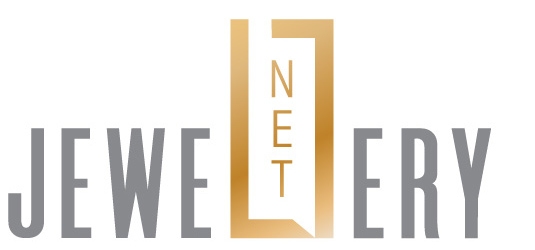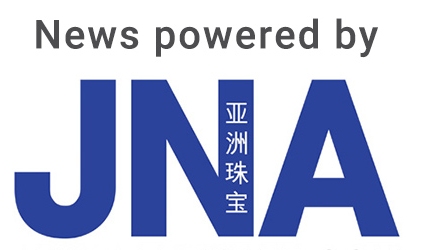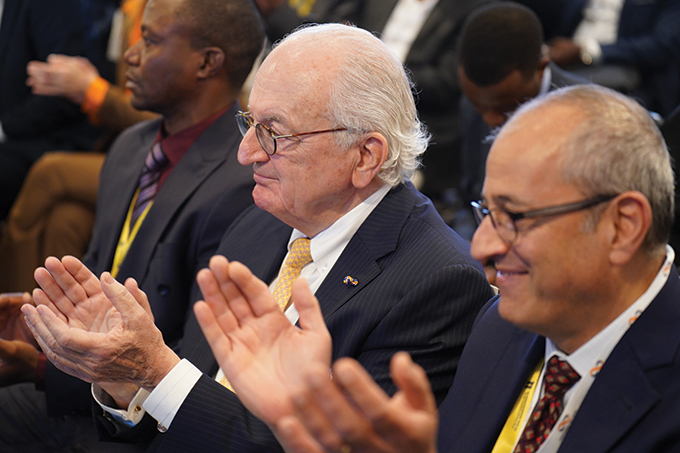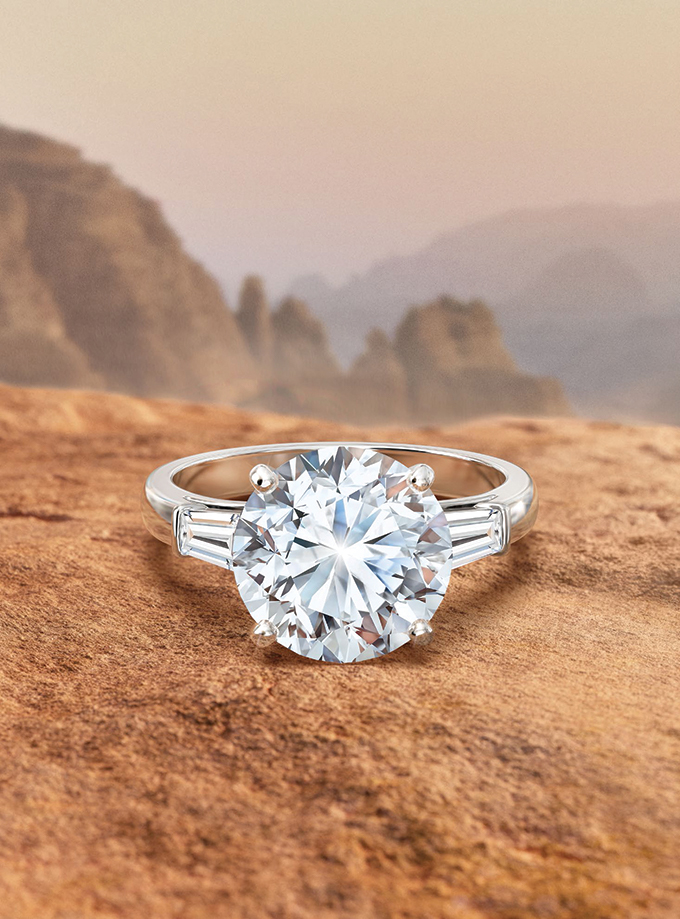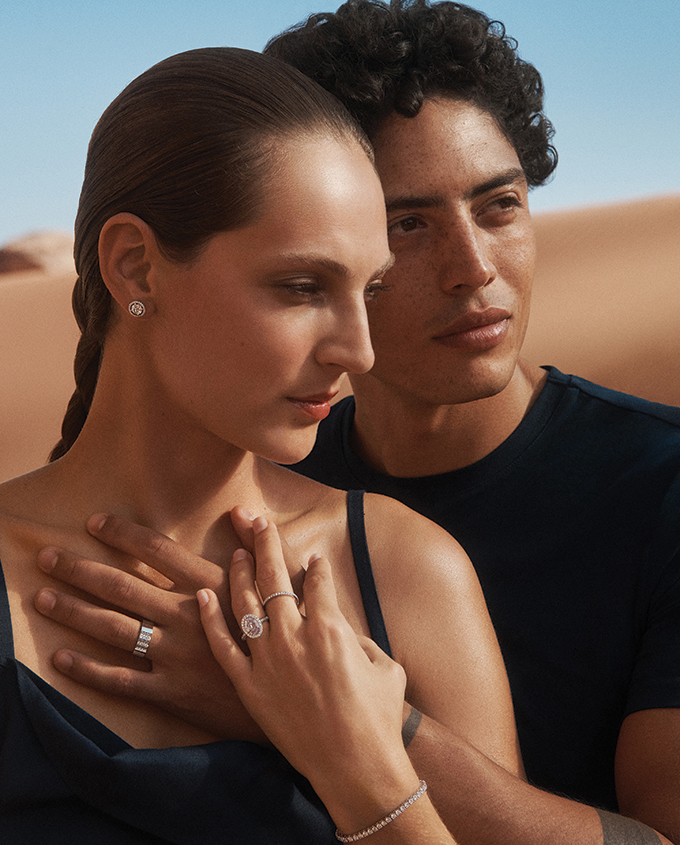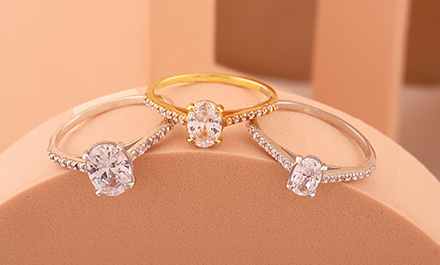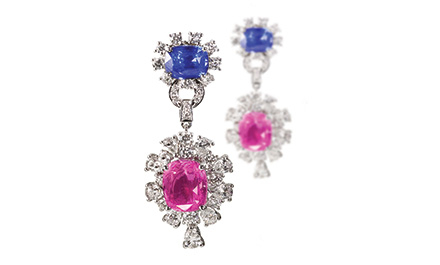The global diamond trade is adapting to changing consumer preferences and business conditions to thrive in the post-pandemic era, according to industry stakeholders.
This article first appeared in the JNA May/June 2023 issue.
Branding, transparency, traceability, technology, sustainability – these are among the forces shaping the diamond industry of tomorrow.
Speaking at the 40th World Diamond Congress, World Federation of Diamond Bourses (WFDB) President Yoram Dvash said the global diamond trade needed to identify, respond and adapt to trends that are fundamentally changing consumer priorities and purchasing habits.
“In an era of social media, every celebrity or influencer with millions of followers can change the world – or at least change trends. We must be aware of the changes. We must study them and note how they influence our businesses. And we must take steps to adapt,” said Dvash, who was re-elected as WFDB president at the congress held during the Israel International Diamond Week from March 27 to 30.
Dvash noted that the new consumers – Generations Y and Z – are increasingly demanding transparency and traceability. Though they live in a virtual world of social media, they are also down to earth, well informed and want to make sure the diamonds they buy do no harm to society and to the earth.
“Trends that begin with younger consumers quickly spread to more and more segments of the market. Our industry, which has always been closed and secretive, must open itself more and more to adapt to the demands of the new consumers,” he explained.
Branded proposition
In a separate interview, De Beers Brands CEO Marc Jacheet underscored the importance of brands in driving desirability, building experiences and sharing values, especially among Gen Z and Gen Alpha consumers.
“We found that 28 per cent of Gen Z consumers rank these as critical in their buying patterns. It is not yet the vast majority but it is a very clear emerging trend that will drive diamond demand in the years to come,” Jacheet told JNA.
The De Beers official noted that the market for branded luxury jewellery with sustainability at the heart of its message is expected to grow over 20 per cent in the decades to come. In contrast, the unbranded jewellery market is set for a 3 to 4 per cent increase while the branded luxury jewellery category is poised to jump 8 to 12 per cent.
Fundamental changes are also sweeping the diamond retail market. Large brands and chains with substantial marketing budgets are cornering the market, which was once dominated by smaller mom-and-pop stores, Dvash noted.
“The massive investments (large chains) can make in advertising bring results. Major brands are forcing small stores to close. While this can create greater demand for diamonds, the industry will be concentrated in very few hands. Those with strong brands will grow and the smaller stores will find themselves out of business,” he explained.
Jacheet sees brands also altering the retail experience as successful design houses create desirability at every single touchpoint. “Brands are not just vehicles for advertising and promotions or to drive traffic to the stores. They actually get built at retail by shaping and delivering the customer experience. Consistency across such touchpoints is thus fundamental to the brand promise,” he said.
Competition
Challenges however abound, including competition from lab-grown diamonds (LGDs), said Dvash. But while LGDs have made significant advances in the US market, they were not as successful in China where consumers were said to prefer natural diamonds even if these may be smaller, he pointed out.
“LGDs bring consumers to the market who perhaps would never have bought diamonds before. On the other hand, they are eating into the sales of natural diamonds. Perhaps in five to 10 years, these consumers will buy natural diamonds. But if the prices of LGDs continue to decline, natural and lab-grown diamonds will likely become two separate categories that can exist side by side,” the WFDB official said.
Full disclosure is another requisite for peaceful co-existence, according to diamantaires. The Natural Diamond Council tackles this in its latest analytical report, “Addressing myths and misconceptions about the diamond industry,” which aims to combat misinformation about natural and lab-grown diamonds.
“In an age where consumers are more inquisitive and enlightened than ever, they wish to know about the values and responsible business practices from the companies and indeed the wider industry from which they are purchasing,” said NDC CEO David Kellie.
Among the report's key messages are that LGDs can be detected from natural diamonds, not all LGDs are sustainable, and natural diamonds benefit their countries of origin.
Provenance
The coronavirus pandemic released, in its wake, a huge wave of demand and rising prices. The Russia-Ukraine war however has led to inflation and rising interest rates, causing US consumers to suspend spending until more certain times, according to Dvash.
At the World Diamond Congress, Edward Asscher, outgoing president of the World Diamond Council, noted that further restrictions could be placed on diamonds from Russia, with the other G7 countries poised to adopt the US’ stringent restrictions on Russia-sourced goods.
Provenance of a different sort is also gaining steam in the industry. According to Asscher, today’s consumers increasingly ask about the origin of their diamonds and the conditions in which they were mined and manufactured. “Technology provides us with the tools to confirm a stone’s origin and provenance. Artificial intelligence and other technologies like blockchain enhance transparency and could someday provide a solution for full traceability,” he said.
Opportunities
Markets are also on the mend, with China once again showing the strongest potential. Already the world’s second biggest diamond market, the country is poised for further growth as it rebounds from its pandemic-induced stupor.
Conroy Cheng, vice chairman of Chow Tai Fook Jewellery Group, said, “Wealthy consumers in China are showing a propensity to spend on high-quality luxury items. While the pandemic hampered luxury jewellery sales in China over the past few years, we are now seeing an upward trajectory that is expected to continue.”
According to Cheng, McKinsey research commissioned by the group indicated that branded jewellery sales in China would increase by 10 to 14 per cent per year moving forward. And while the country’s middle- and high-income population currently numbers around 190 million, diamond consumption penetration, annual diamond spending per person and number of pieces of jewellery owned per person are all less than 50 per cent of the levels in the US and Japan.
“This data suggests that China’s diamond market has tremendous potential for growth as its per capita income level continues to rise. With such positive tailwinds driving jewellery sales, brands that know China well and can respond to changing consumption patterns have an opportunity to build a strong position in the market,” Cheng disclosed.
The Chow Tai Fook official cited jewellery gifting for special occasions and heirlooms, self-purchases among younger professionals, and the Guochao trend of incorporating cultural elements in modern designs as fuelling Chinese diamond jewellery demand. Longer-term growth would require greater involvement in Environmental, Social and Governmental (ESG) matters to win over an increasingly socially conscious Chinese market, he added.
De Beers is also eyeing the China market for growth of its jewellery retail network. In February, it opened its fourth De Beers Jewellers store in Hong Kong. “Asia, predominantly Hong Kong and mainland China, are our top priorities for De Beers Jewellers. As the country reopens, it will be the fastest-growing market for luxury diamond jewellery in the coming years,” Jacheet said.
To him, the rebound in Chinese diamond demand will be driven by tremendous savings during the pandemic, consumers’ penchant to celebrate the reopening of the market, along with underlying trends such as interest in brands, provenance and ESG.
“China’s growing middle class – tens of millions of people who will access the luxury world through brands – and its influential Gen Z consumers are a valuable reserve of future clients who would drive growth,” Jacheet said.
